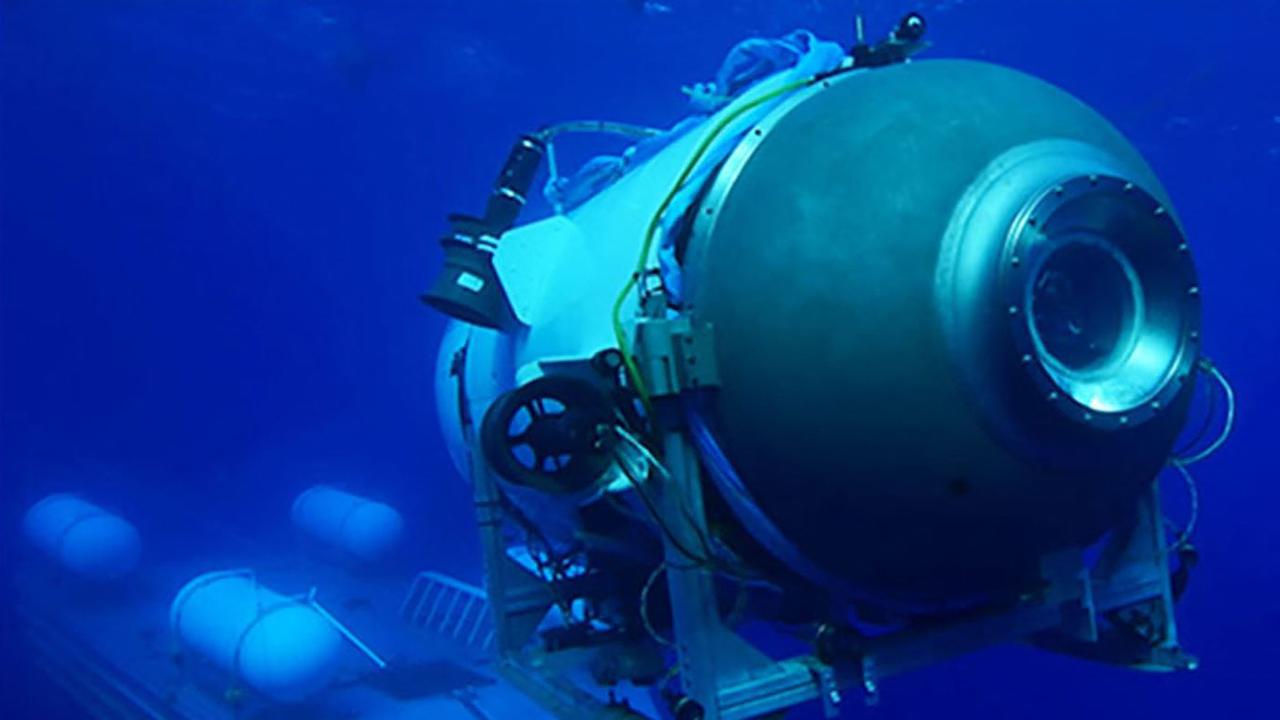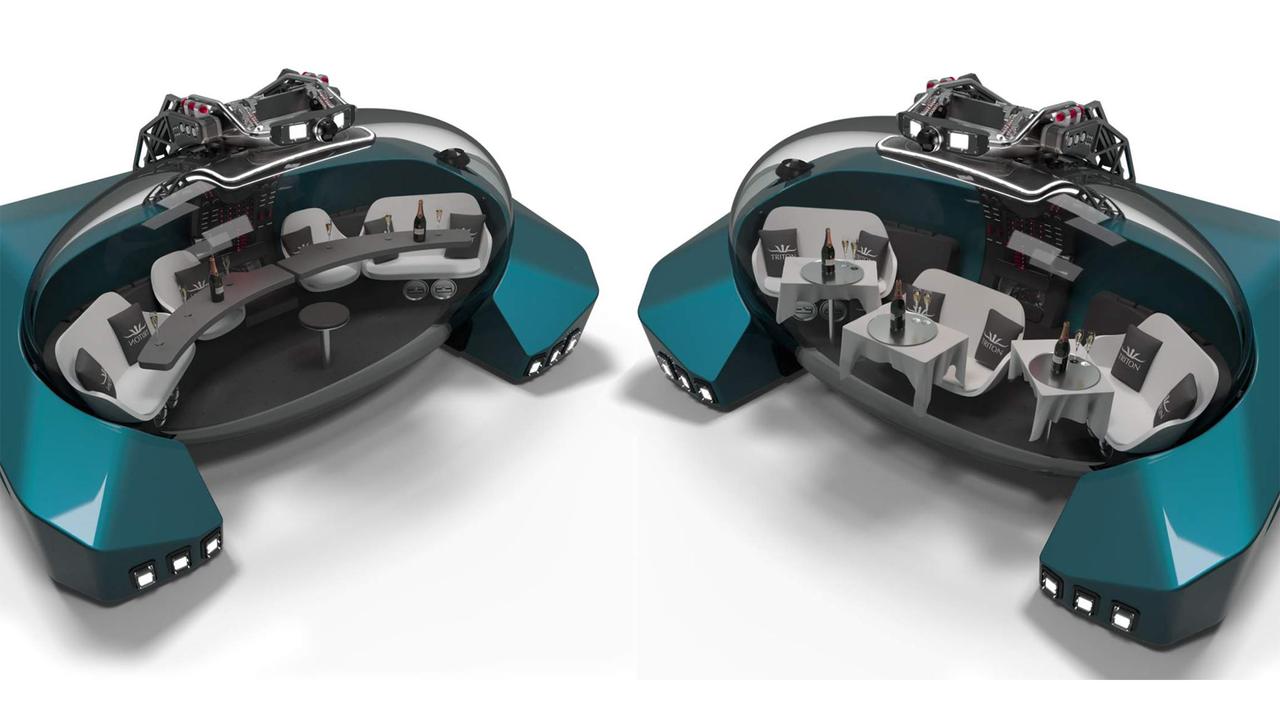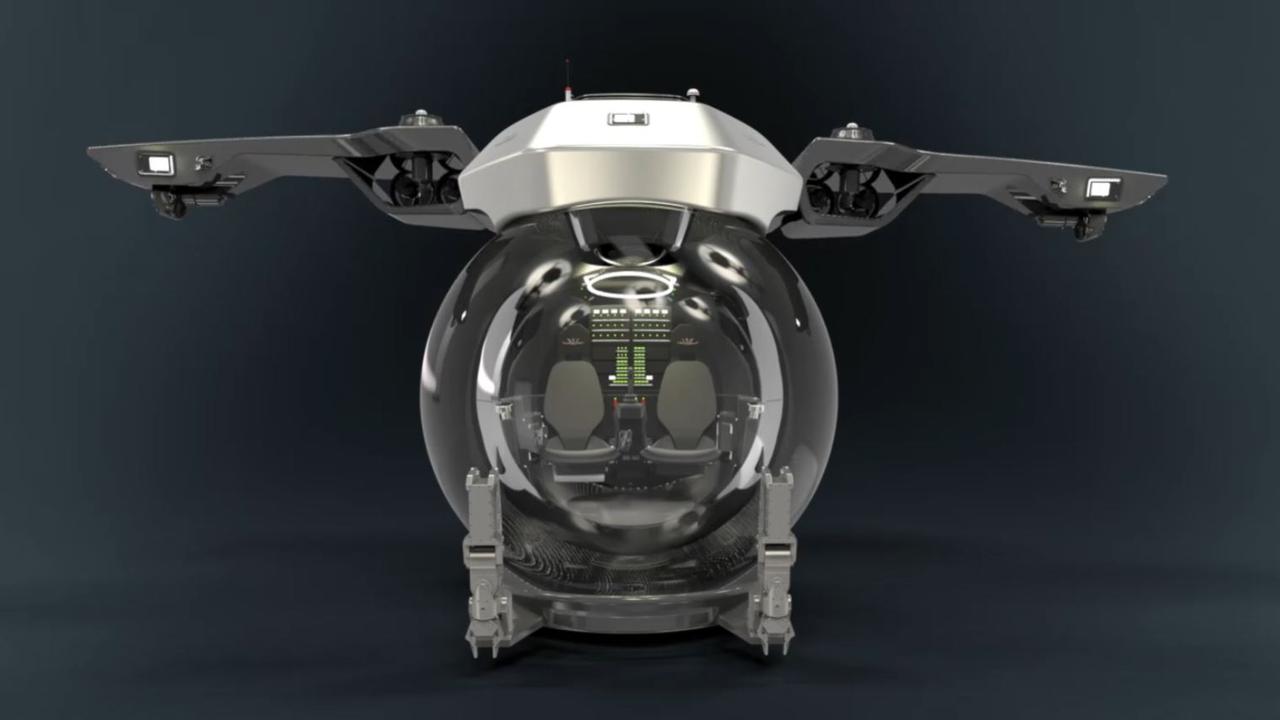Unbelievable move after Titan disaster
It has only been a year since the Titan imploded - killing everybody on board. Now there has been an unbelievable development.
If they die, at least they’ll do so with a glass of champagne in their hands.
Yes – people with money to burn are apparently queuing up once again to be taken down to the Titanic.
And there’ll always be someone more than happy to take them.
The infamous luxury liner SS Titanic took 1517 souls to the bottom of the ocean on April 14, 1912. Most of the crew died. And there was little room to spare in the insufficient lifeboats for those travelling third class. But a terrible toll was also exacted on those treated like royalty in First Class.
The submersible Titan had four passengers aboard the day it imploded above the old luxury liner’s wreck on June 18, 2023. There was a Pakistani millionaire and his son, an airline executive and a famous oceanographer. Also among the dead was the submersible’s owner – OceanGate CEO Stockton Rush.

A year later, another craft is preparing to take paying passengers to the site.
This time, it’s called Triton.
And like Titan, the Triton 4000 Abyssal Explorer is supposedly safe to dive to a depth of 3950m (13,000ft).
The SS Titanic sits on the seabed 3800m beneath the waves.
Real Estate billionaire Larry Connor of the US state of Ohio is financing the new company. He is working with Patrick Lahey, co-founder of Florida-based Triton Submarines.
The sales pitch sounds familiar.
“Patrick has been thinking about and designing this for over a decade,” Connor told The Wall Street Journal.
“But we didn’t have the materials and technology. You couldn’t have built this sub five years ago.”
The Titan submarine was built from a controversial mix of carbon fibre and titanium.
Tritan will be mainly made of acrylic.
Under pressure
Water is heavy. A lot of water is very heavy.
The rule of thumb goes that the pressure applied to an object increases by one atmosphere – the air pressure we feel standing at sea level – every 10m further you go beneath the surface.
That’s 380 atmospheres at the SS Titanic’s wreck (5600psi, or the rough equivalent of every inch of your body having a compressed elephant standing on it).
The “crush depth” of World War II submarines was just 200m. While top secret, estimates for modern nuclear-powered attack submarines place the point of no return at about 750m.


Some small submersibles can go much deeper because they’re built to do little else.
One, named Limiting Factor, dived the deepest known point in the world’s oceans – the Mariana Trench – to a depth of 10,925m in 2019.
This submersible was developed by Triton Submarines.
The new $US20 million Triton 4000 design was released in 2021.
Titan, however, was an “experimental” craft built by Seattle-based startup OceanGate.
Rush called it “revolutionary”, using modern materials to overcome the challenges of high pressures.
Carbon fibre is lightweight. It can also be cast in whatever shape you desire.
In this case, it would be a cylinder – to allow more passengers than the traditional spherical cabins of deep-sea diving devices.
One end of the cylinder would be “capped” by a carbon-fibre plug. The other by a transparent-titanium viewing port.
Each of these elements was controversial.
Carbon fibre was known not to respond well to repeated flexing. And it would need regular, intensive scans to ensure it had not lost its strength.
Cylinders don’t balance sea pressure as evenly as a sphere. Some parts are more subject to stress than others.

And the glued seam between two mismatched materials – titanium and carbon fibre – would have to contend with differing flexing properties.
Rush was dismissive of the controversy surrounding his experimental craft before his death.
“I mean, if you just want to be safe, don’t get out of bed, don’t get in your car, don’t do anything. At some point, you’re going to take some risk, and it really is a risk-reward question,” he told US broadcaster CBS.
“I think I can do this just as safely while breaking the rules.”
Pushing the limits
“I want to show people worldwide that while the ocean is extremely powerful, it can be wonderful and enjoyable and really kind of life-changing if you go about it the right way,” Connor says of his new venture.
Where Titan looked like a sea slug, the Triton appears as something direct from a sci-fi movie.
Its main body is a sphere – ideal as the immense pressures of deep-sea diving are applied evenly across the structure.
It is cast from acrylic.
Inside is enough space for just two people and its control equipment.
Above this is a “gull-wing” pod holding a foldable mounting for the craft’s engines, winches and thrusters. These wings are supposed to retract while Titan is ascending and descending. Near the bottom, they deploy to allow the submersible to “glide” about the Titanic’s wreck.
But the Triton 4000 isn’t the manufacturer’s only offering.
It’s spruiking a whole new class of “entertainer” submersibles.

While not intended to go anywhere near as deep as the Titanic, their 200m dives would still put some World War II submarines to shame.
Triton Submarines proudly proclaim that they broke all the rules when they were designed.
The acrylic pressure dome has been elongated.
“(This) free-form and patent-protected acrylic pressure boundary has only been made possible because we decided to throw out the rule book and no longer be bound by the constraints of traditional geometries,” Lahey says.
And the interiors are far from spartan. Instead, they provides space for eight paying passengers to enjoy air-conditioned comfort, a mini-bar, and high-fidelity sound while being chauffeured about the undersea sights.
“Activities are limited only by the owner’s imagination,” goes the Triton sales pitch.




